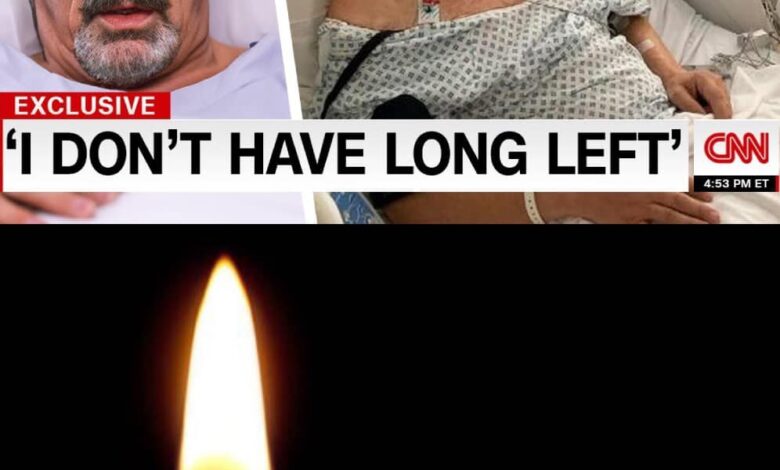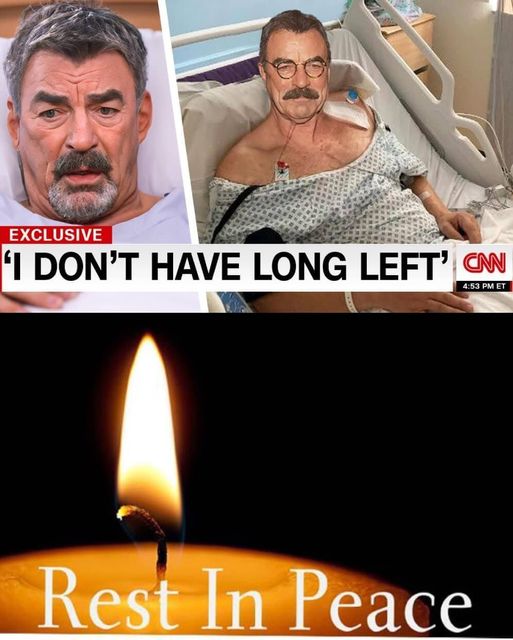
Hollywood is the place where dreams are made, but the number of people who get there and manage to stay is limited to those most talented and most fortunate.
Having a successful career in the film industry isn’t something many can brag about, but luckily for us, Tom Selleck is one of those celebs who has been on TV for many years.
This actor’s big break came when he was cast in the lead role as Thomas Magnum in Magnum, PI , which brought him five Emmy Award nominations, winning one in 1985.
Insurance relies heavily on the “ In large homogeneous populations it is possible to estimate the normal of common events such as deaths and accidents. Losses can be predicted with reasonable accuracy, and this accuracy increases as the size of the group expands. From a theoretical standpoint, it is possible to eliminate all pure risk if an infinitely large group is selected.
From the standpoint of the insurer, an insurable risk must meet the following requirements:
1. The objects to be insured must be numerous enough and homogeneous enough to allow a reasonably close calculation of the probable frequency and severity of losses.
2. The insured objects must not be subject to simultaneous destruction. For example, if all the buildings insured by one insurer are in an area subject to flood, and a flood occurs, the loss to the insurance underwriter may be catastrophic.
3. The possible loss must be accidental in nature, and beyond the control of the insured. If the insured could cause the loss, the element of randomness and predictability would be destroyed.
4. There must be some way to determine whether a loss has occurred and how great that loss is. This is why insurance contracts specify very definitely what events must take place, what constitutes loss, and how it is to be measured.
From the viewpoint of the insured person, an insurable risk is one for which the probability of loss is not so high as to require excessive premiums. What is “excessive” depends on individual circumstances, including the insured’s attitude toward risk. At the same time, the potential loss must be severe enough to cause financial hardship if it is not insured against. Insurable risks include losses to resulting from fire, explosion, windstorm, etc.; losses of life or health; and the legal liability arising out of use of automobiles, occupancy of buildings, employment, or manufacture. Uninsurable risks include losses resulting from changes and competitive conditions in the. Political risks such as war or debasement are usually not insurable by private parties but may be insurable by governmental institutions. Very often contracts can be drawn in such a way that an “uninsurable risk” can be turned into an “insurable” one through restrictions on losses, redefinitions of perils, or other methods.
Kinds of insurance
Property insurance
Two main types of contracts—homeowner’s and commercial—have been developed to insure against loss from accidental destruction of property. These contracts (or forms) typically are divided into three or four parts: insuring agreements, identification of covered property, conditions and stipulations, and exclusions.
Homeowner’s insurance
Homeowner’s insurance covers individual, or nonbusiness, property. Introduced in 1958, it gradually replaced the older method of insuring individual property under the “standard fire policy.”
Perils insured
In homeowner’s policies, of which there are several types, coverage can be “all risk” or “named peril.” All-risk policies offer insurance on any peril except those later excluded in the policy. The advantage of these contracts is that if property is destroyed by a peril not specifically excluded the insurance is good. In policies, no coverage is provided unless the property is damaged by a peril specifically listed in the
In addition to protection against the loss from destruction of an owner’s property by perils such as fire, lightning, explosion, and windstorm, homeowner’s policies typically insure against other types of risks faced by a homeowner such as legal liability to others for injuries, medical payments to others, and additional expenses incurred when the insured owner is required to vacate the premises after an insured peril occurs. Thus the homeowner’s policy is multi-peril in nature, covering a wide variety of risks formerly written under separate contracts.
Property covered
Homeowner’s forms are written to cover damage to or loss of not only an owner’s dwelling but also structures (such as garages and fences), trees and shrubs, personal property (excluding certain listed items), property away from the premises (such as boats), and securities (subject to dollar limits), and losses due to forgery. They also cover removal of debris following a loss, expenditures to protect property from further loss, and loss of property removed from the premises for safety once an insured peril has occurred.
Limitations on amount recoverable
Recovery under homeowner’s forms is limited to loss due directly to the occurrence of an insured peril. Losses caused by some intervening source not insured by the policy are not covered. For example, if a flood or a landslide, which usually are excluded perils, severely damages a house that subsequently is destroyed by fire, the homeowner’s recovery from the fire is limited to the value of the house already damaged by the flood or landslide.
If the insurance amount is less than 80 percent, a clause is triggered, the operation of which reduces the recovery amount to the value of the loss times the ratio of the amount of insurance actually carried to the amount equal to 80 percent of the value of the property. However, the reduced recovery will not be less than the “actual value” of the property, defined as the full replacement cost minus an allowance for depreciation, up to the amount of the policy. For example, assume that a property is valued at $100,000 new, has depreciated 20 percent in value, insurance of $60,000 is taken, and a $10,000 loss occurs. The actual cash value of the loss is $8,000 ($10,000 minus 20 percent depreciation). The operation of the coinsurance clause would limit recovery to 6/8 of the loss, or $7,500. However, since the actual cash value of the loss is $8,000, this is the amount of the recovery.
Recovery under homeowner’s forms is also limited if more than one policy applies to the loss. For example, if two policies with equal limits are taken out, each contributes one-half of any insured loss. Loss payments also are limited to the amount of an insured person’s Thus, if a homeowner has only a one-half interest in a building, the recovery is limited to one-half of the insured loss. The co-owners would need to have arranged insurance for their interest.
Excluded perils
Under forms, only losses from the perils named in the policy are covered. The named perils are sometimes defined narrowly; for example, theft claims are not paid if the property is merely lost and theft cannot be established.
Earthquake and flood loss, while excluded from the basic homeowner’s forms, may usually be covered by endorsement.
Conditions
Homeowner’s policies may include the following conditions: (1) Owners are required to give immediate written notice of loss to the insurer or the insurer’s agent. (2) The insured must provide proof of the amount of loss. This suggests that owners should keep accurate records of the items in a building and of their original (3) The insured must cooperate with the insurer in settling a loss. (4) The insured must pay the premium in advance. (5) The insurer has a right of subrogation (i.e., of pursuing liable third parties for any loss). This prevents an owner from collecting twice, once from the insurer and once from a liable third party. (6) A mortgagee’s interest in a property can be protected. (7) The policy may be canceled by the insurer upon due notice, usually 10 days. If the insurer cancels, a pro rata refund of premium must be returned to the insured; if the insured cancels, a less-than-proportionate return of a premium may be recovered from the insurer. (8) Fraud by the insured, including misrepresentation or concealment of material facts concerning the is ground for denial of benefits by the insurer.
Also available is a form called renter’s insurance, which provides personal property insurance for tenants.
Business property insurance
Insurance for business property follows a pattern that is similar in many ways to the one for individual property. A commonly used form is the “building and personal property coverage form” (BPP). This form permits a business owner to cover in one policy the buildings, fixtures, machinery and equipment, and personal property used in business and the personal property of others for which the business owner is responsible. Coverage also can be extended to insure newly acquired property, property on newly acquired premises, valuable papers and records, property temporarily off the business premises, and outdoor property such as fences, signs, and antennas.

